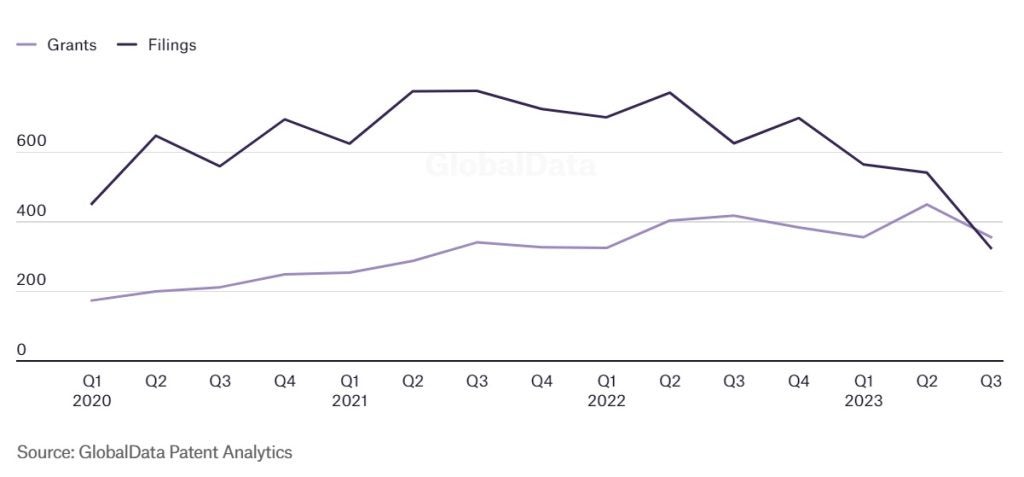
US-based Xalles Holdings announced in late-December 2023, the acquisition of UK-based Artemis Defense Technologies, which specialises in autonomous and artificial intelligence (AI) related technologies, marking the first corporate members of the newly established Xalles Security business group.
In official filings on 20 December, Xalles Holdings stated that Artemis now operated as a fully integrated subsidiary and was now “set to expand its presence in the US” to align with “key US Department of Defense initiatives” including the Replicator drone programme and contributing to the tri-nation AUKUS programme between Australia, UK, and USA.
Xalles stated that Artemis’ autonomous systems technologies could “significantly influence” the future of scalable autonomy in the defence and homeland security sectors.
Thomas Nash, CEO of Xalles, said: “This acquisition is a game-changer for Xalles, perfectly aligning with our goal to diversify our portfolio and enhance shareholder value in high-growth markets. The defence autonomy and artificial intelligence sector offers tremendous growth potential, and we are poised to be a major player in this arena.”
Carl Cagliarini, CEO of Artemis, stated the deal was a “transformative moment” for the company, which had secured “vital partnerships and projects with Government, defence prime contractors, and Nato defence agencies”.
AI-related patents tumble in late-2023
The global aerospace, defence and security industry experienced a 40% decline in the number of AI-related patent applications in Q3 2023 compared with the previous quarter. The total number of artificial intelligence-related grants dropped by 21% in Q3 2023, according to GlobalData’s Patent Analytics.

Notably, the number of AI-related patent applications in the aerospace, defence and security industry was 325 in Q3 2023, versus 542 in the prior quarter.
Our signals coverage is powered by GlobalData’s Thematic Engine, which tags millions of data items across six alternative datasets — patents, jobs, deals, company filings, social media mentions and news — to themes, sectors and companies. These signals enhance our predictive capabilities, helping us to identify the most disruptive threats across each of the sectors we cover and the companies best placed to succeed.






